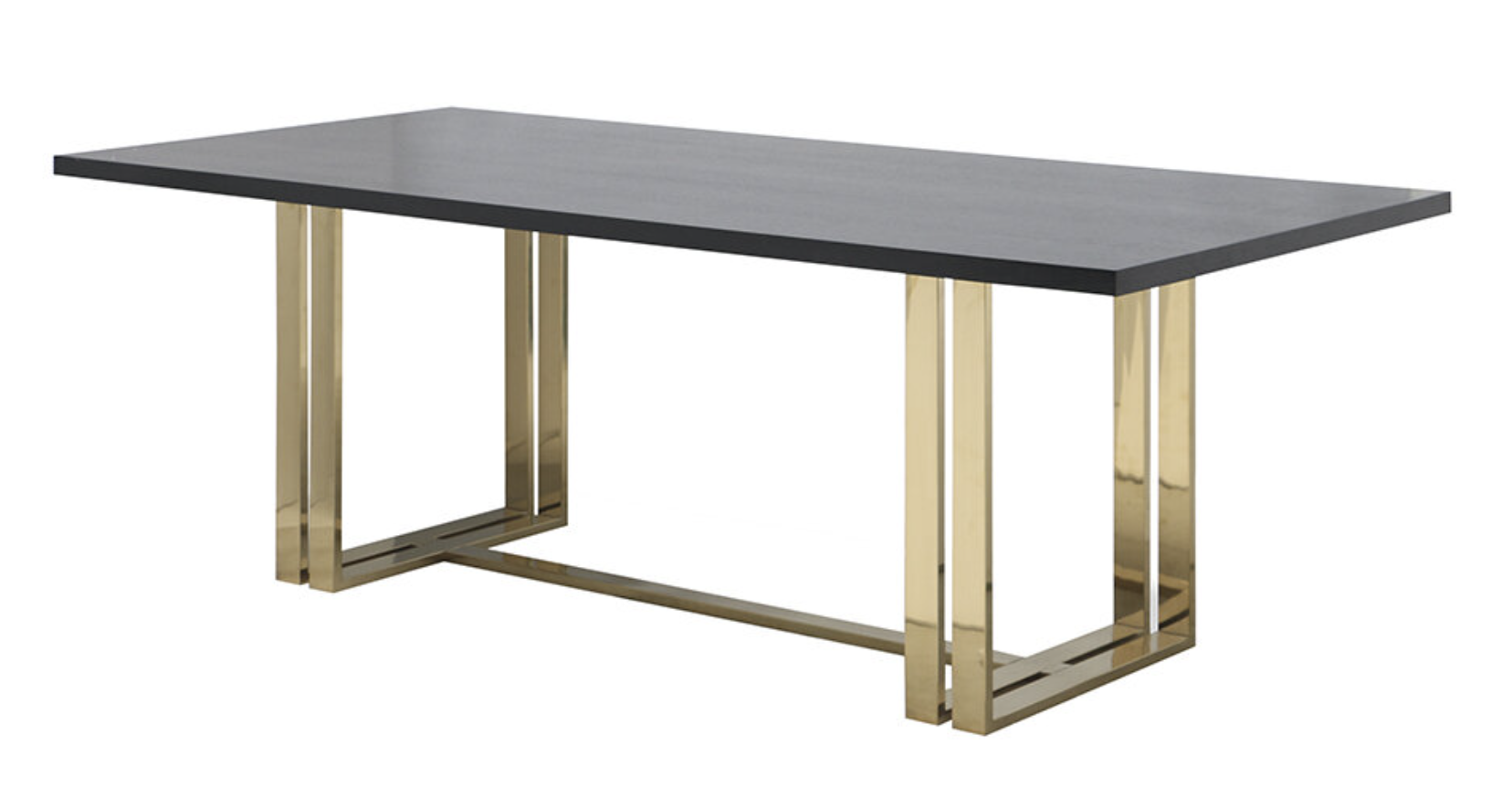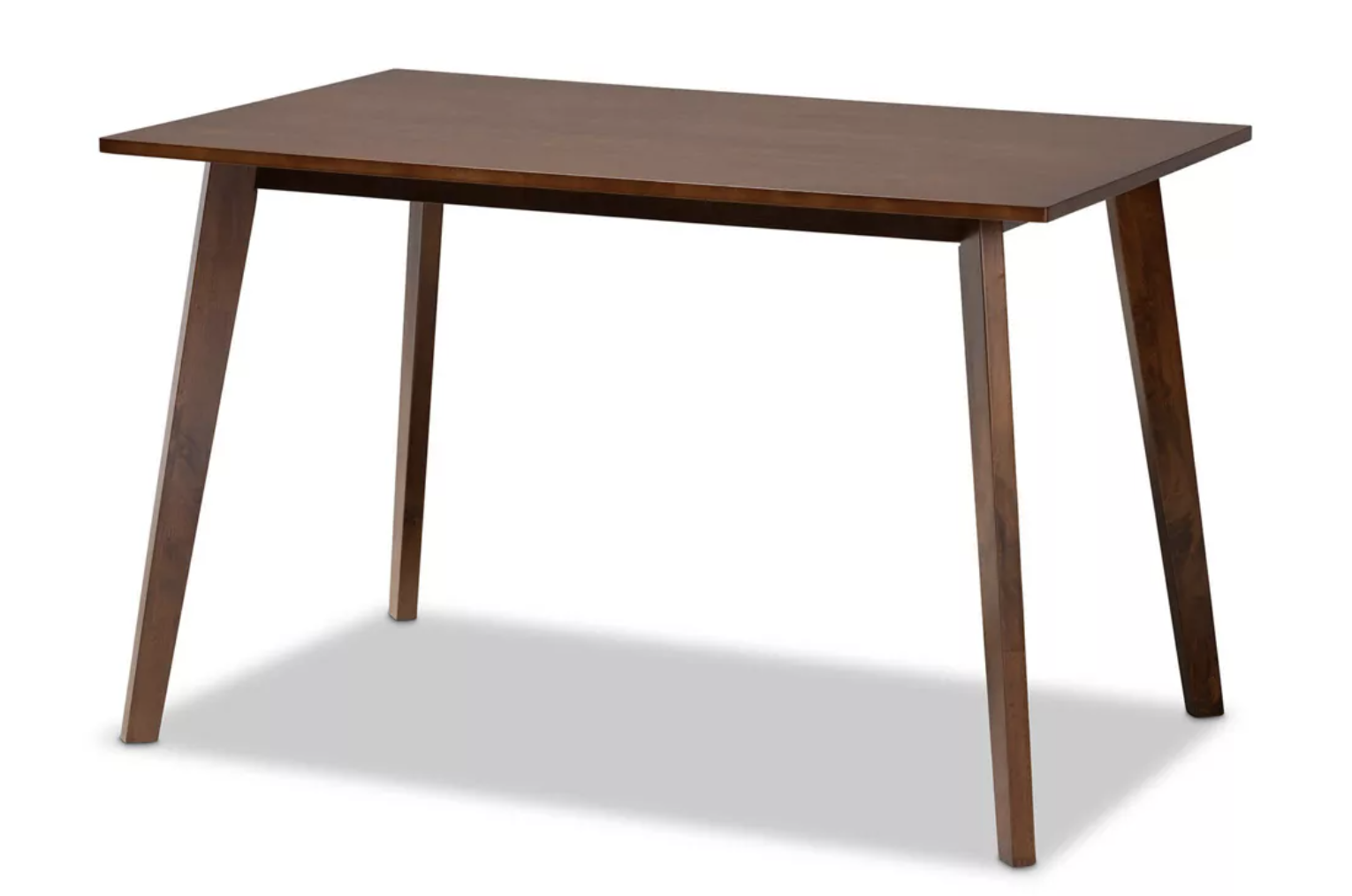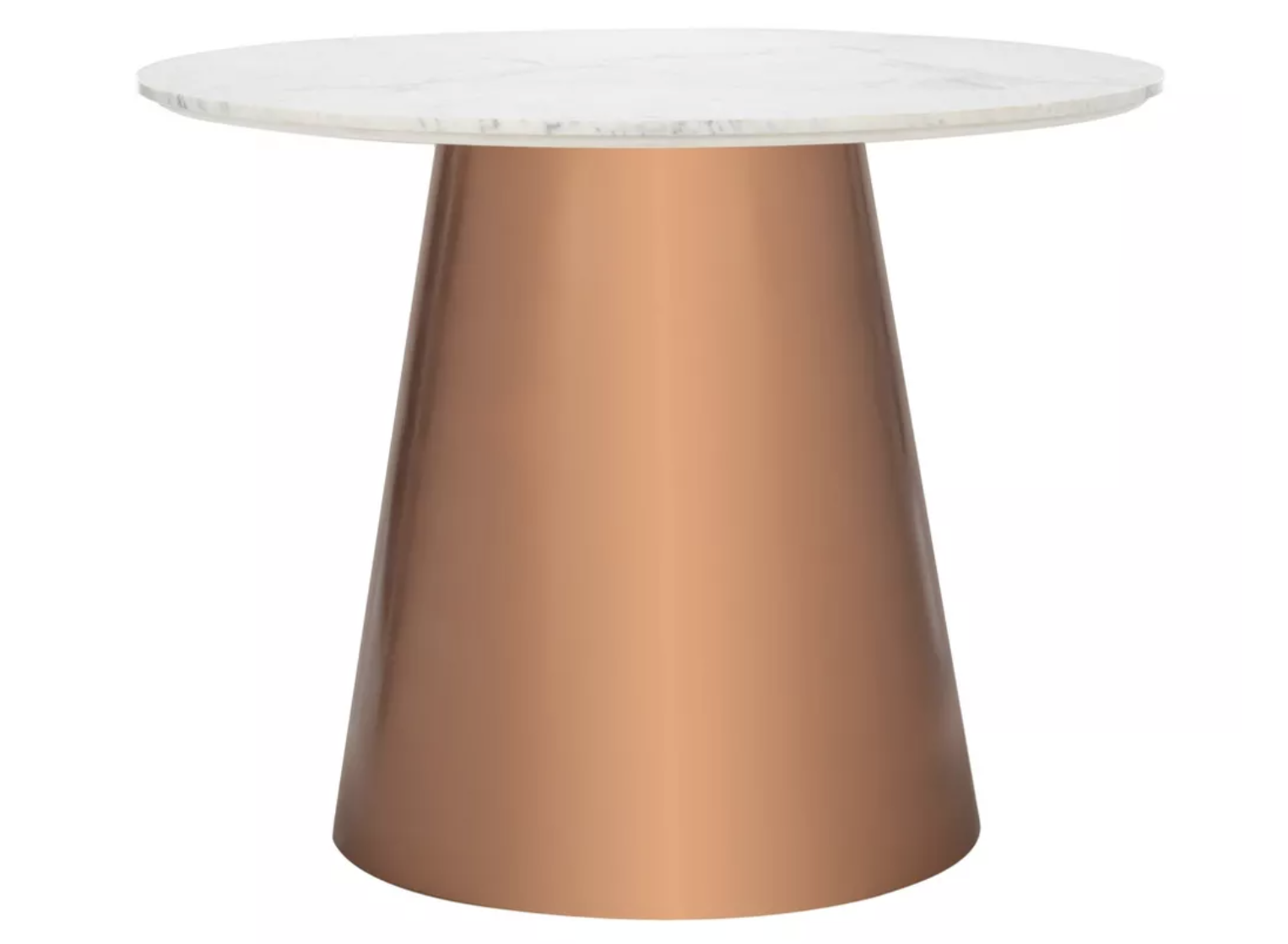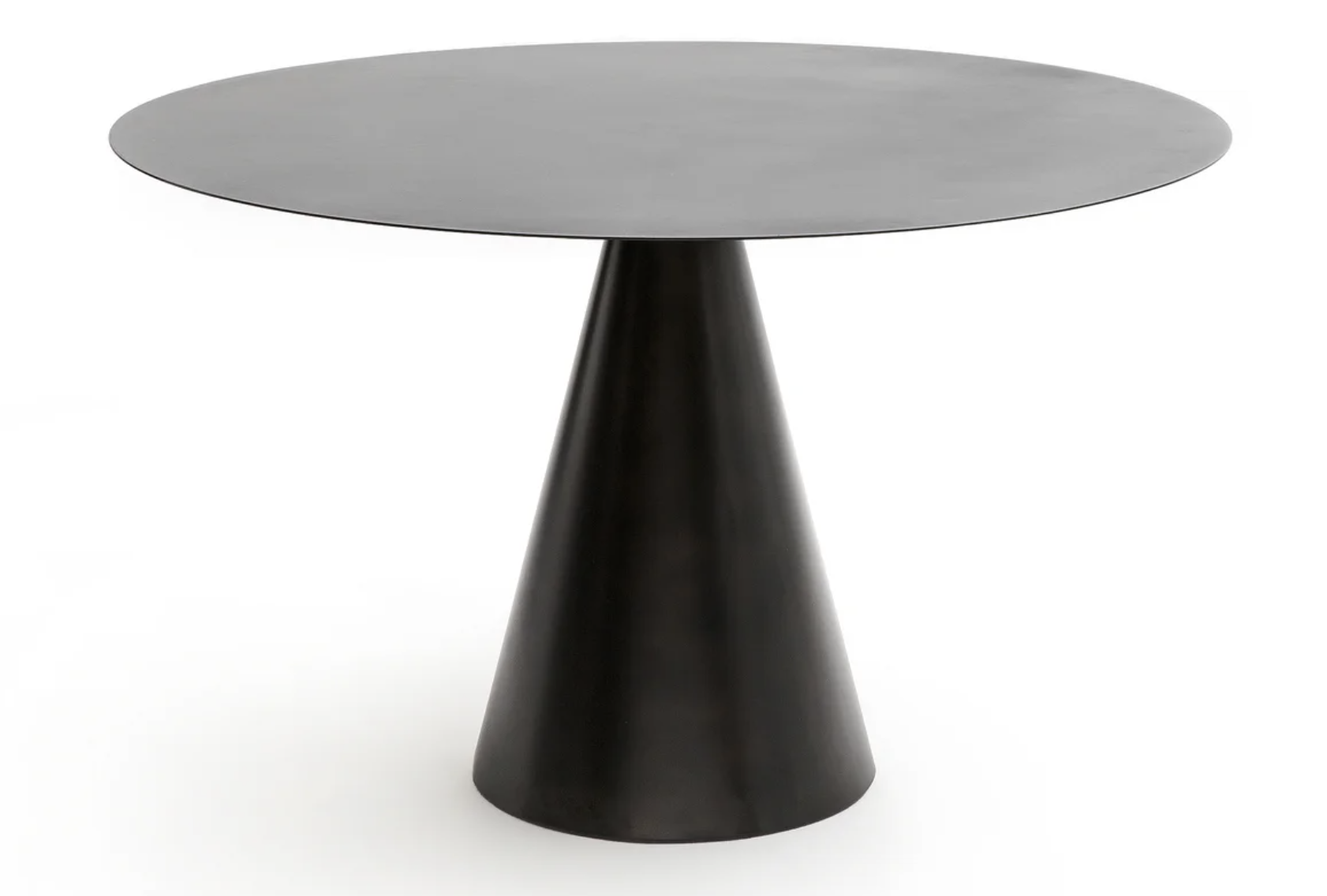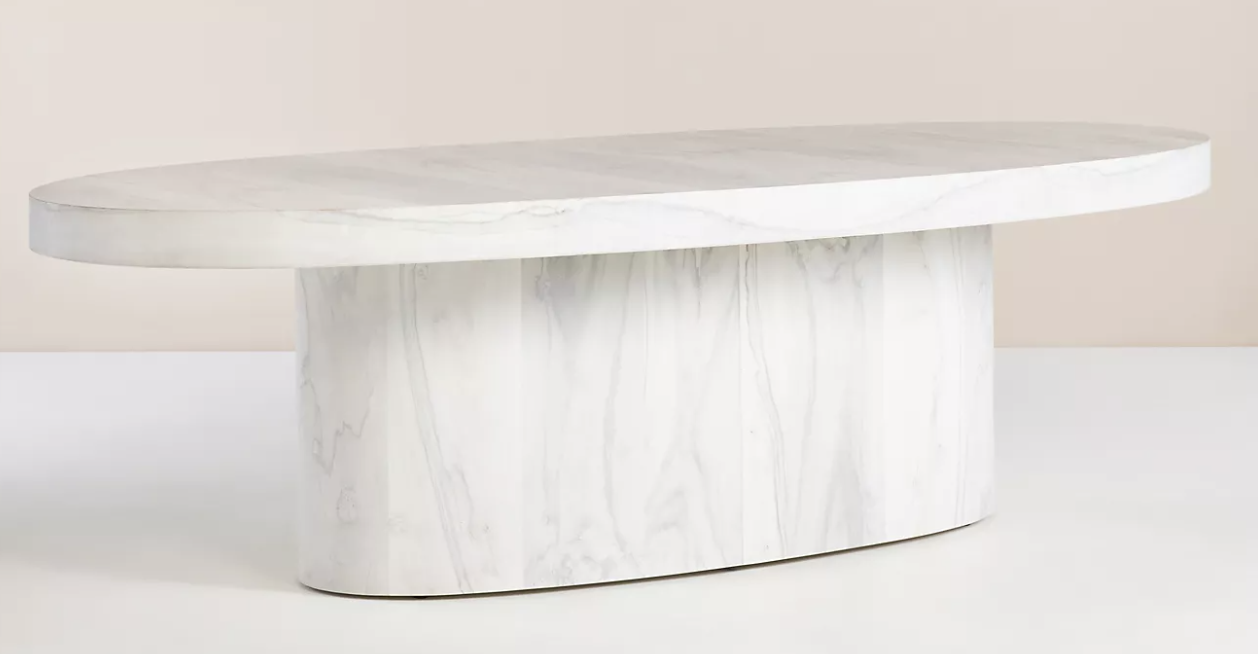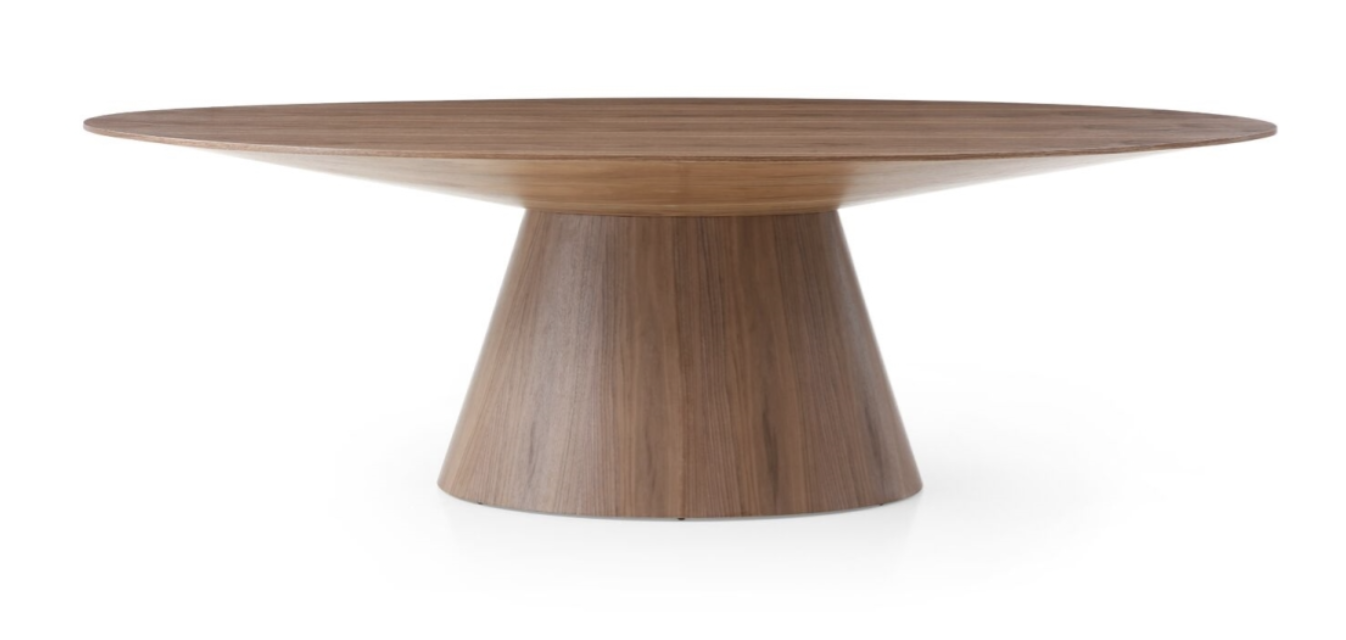Design experts on how to choose the best dining table shape for the way you want your home to feel
Choosing the right dining table shape can transform a room - here's how to get the perfect mix of form and function for your space
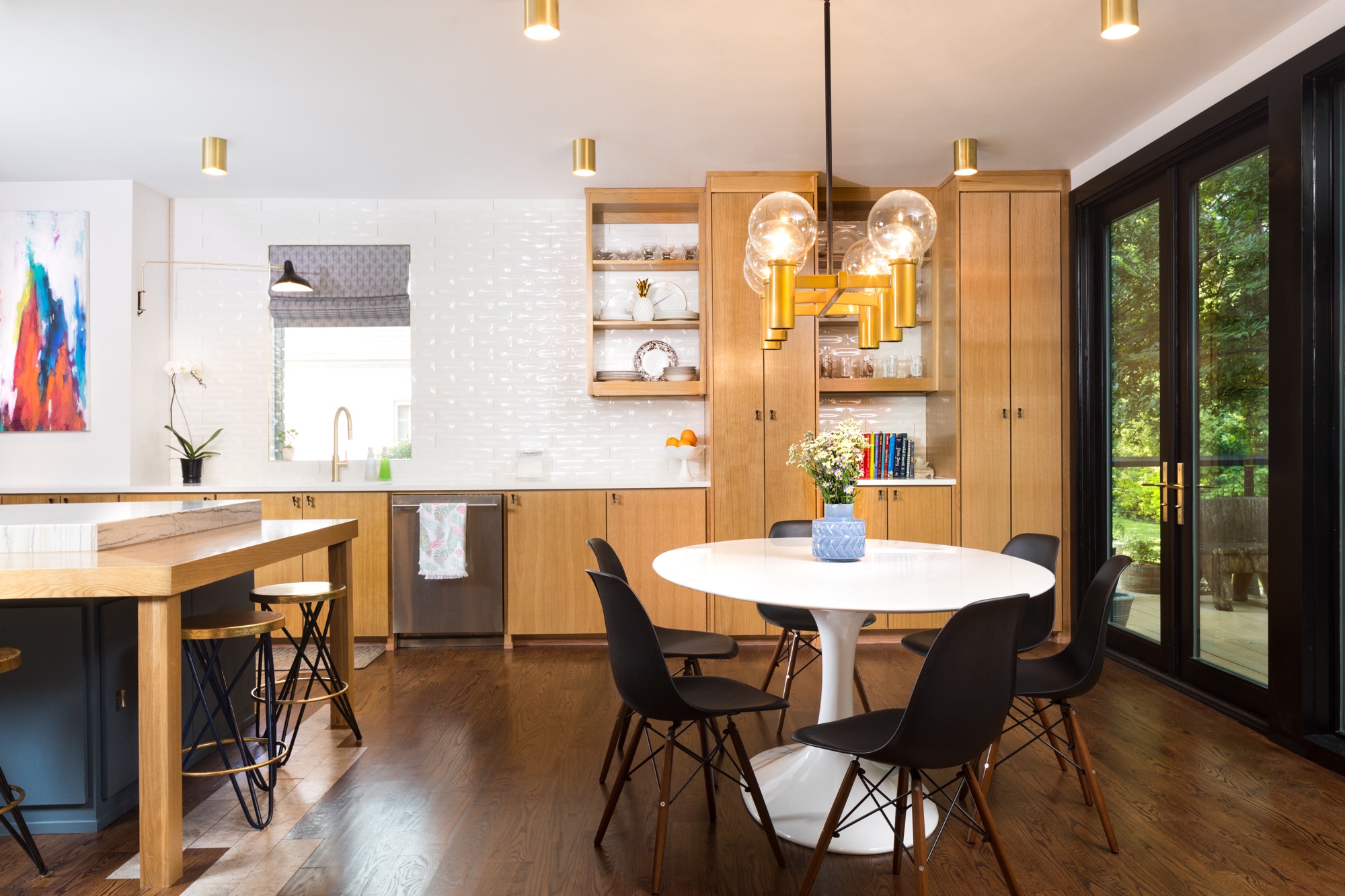
Navigating how to find the dining table shape that is right for you can be a bit of a minefield, but it really comes down to two things: the size and shape of the room it will be situated in, and the number of people who'll be using it every day.
Of course, dining room aesthetics are important too, but all dining table shapes can be visually appealing. You simply need to know which one will work best in the space.
'Certain table shapes just work better within certain room shapes,' say the experts at design emporium BoConcept. 'The rule of thumb is: Square and round table tops do well in square rooms, but they may look and feel awkward in rectangular spaces. Rectangular and oval-shaped tables best suit rectangular rooms, but may look and feel awkward in square spaces.'
Ans so to help you find the right dining table shape that will best suit your space we've rounded up a host of expert tips. There are pros and cons for each style, but one of them is sure to be right for the ambience and look you're trying to create.
How to find the dining table shape that is right for you
1. Rectangular dining tables
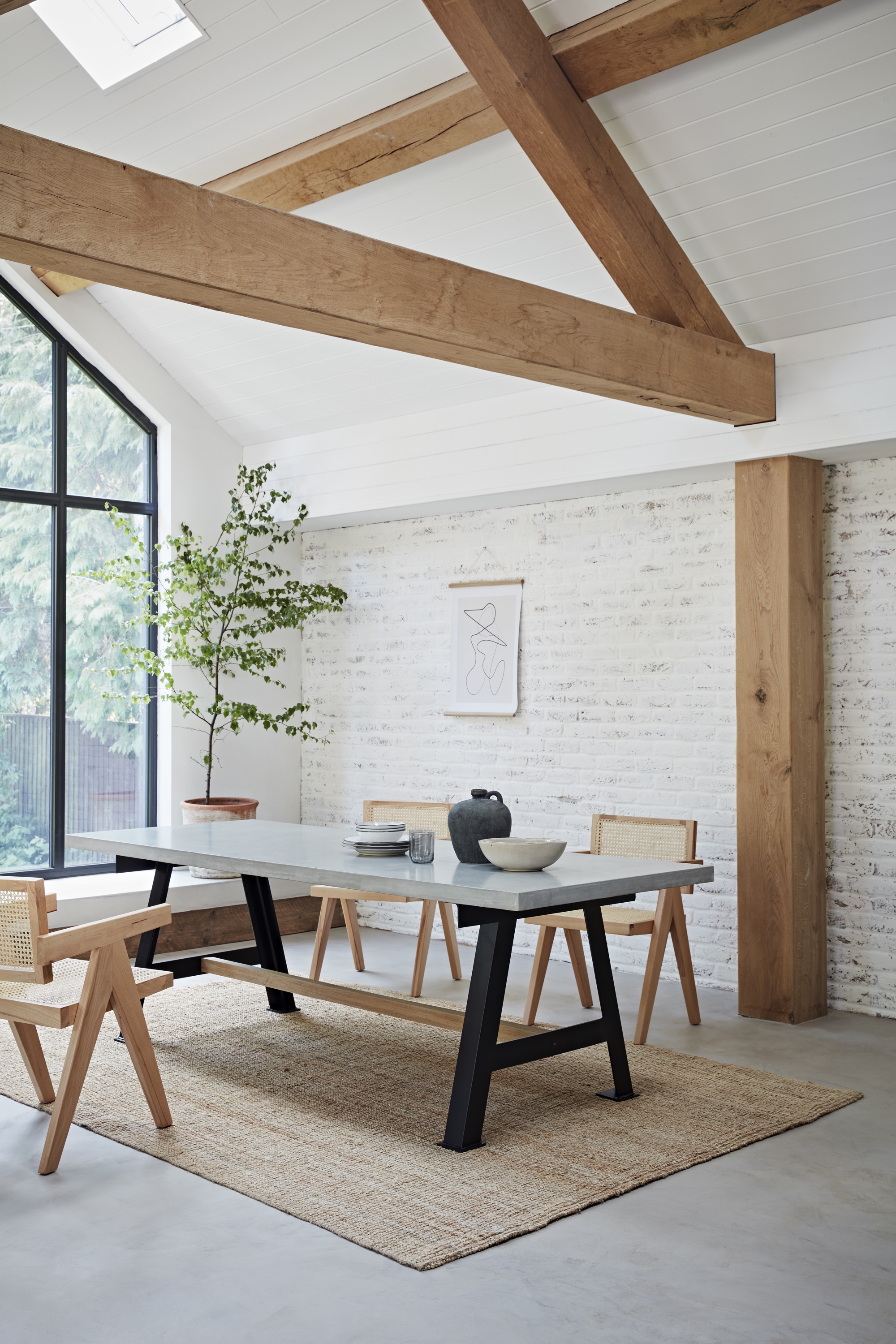
A rectangular dining table is arguably the most popular shape for a number of reasons. It's a perennial dining table trend simply because many rooms are a rectangular shape, so the silhouette fits perfectly into the space.
Pros of a rectangular dining table:
'Rectangular tables are commonly used because they fit seamlessly in most dining rooms,' says Mindy Kelson O'Connor, Principal and Founder of Melinda Kelson O'Connor Architecture & Interiors.
'Rectangles are ideal for large families and frequent entertainers as they can seat large numbers of people and be easily expanded for even larger parties, either with multiple internal leaves or even by adding a table to the end. Rectangles mimic the shape of most dining rooms and rugs, which allows for ample seating in a space. They can work beautifully in more narrow rooms as well.'
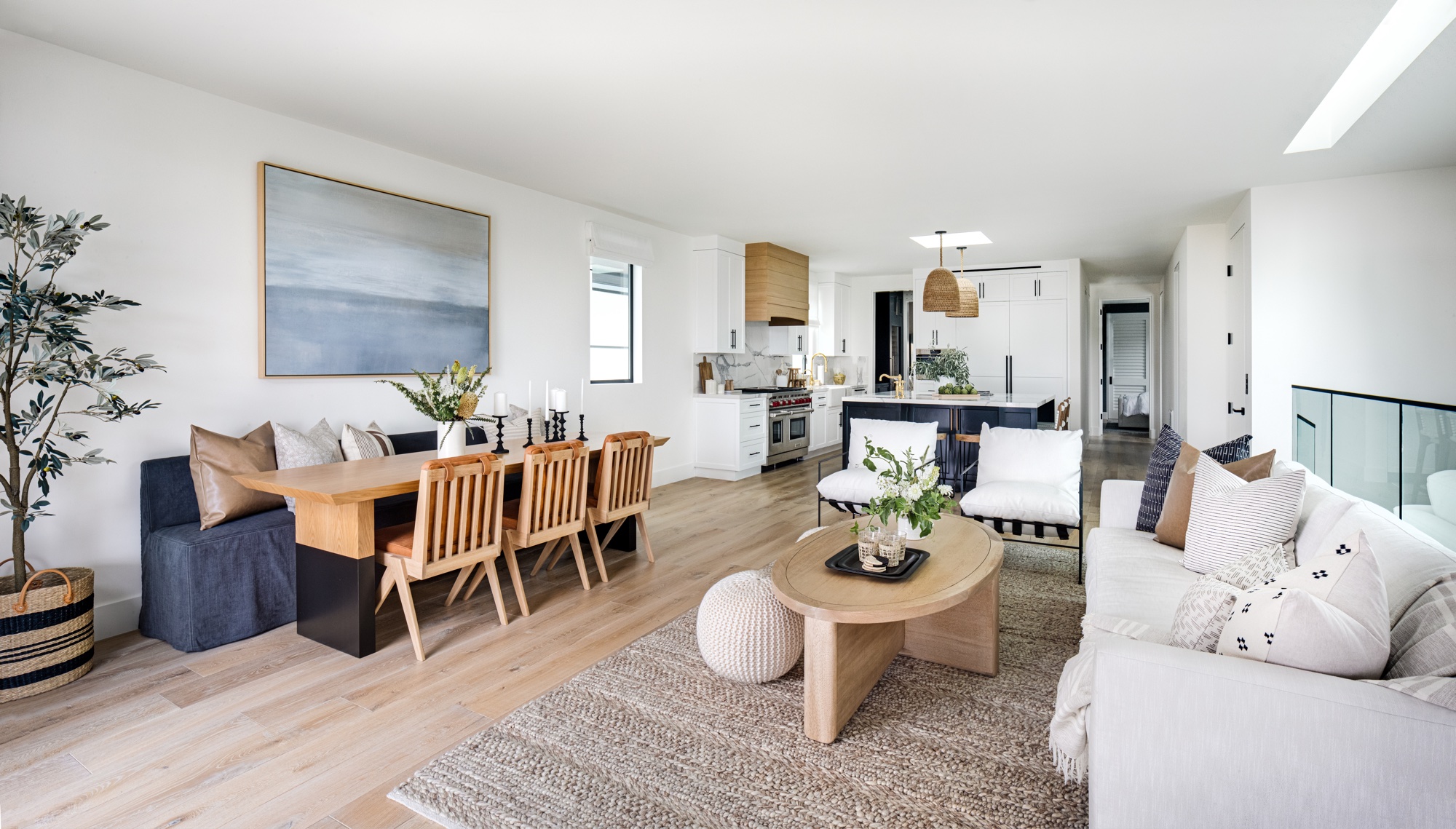
Ben Adams, co-founder of artisanal furniture store Rust Collections, agrees, adding: 'If your dining room is narrow, a rectangular table can be pushed up against the wall to create space when not in use. And, when it comes to seating options, benches are a savvy choice as, not only are they sociable and convivial, you can also easily tuck them out of the way underneath the table.'
When deciding on the dining table size and shape that's right for you, it's also a good idea to think about exactly how the table will be used.
If you have a kitchen that doesn't have space for a kitchen island and a table, a rectangular dining table can work as both.
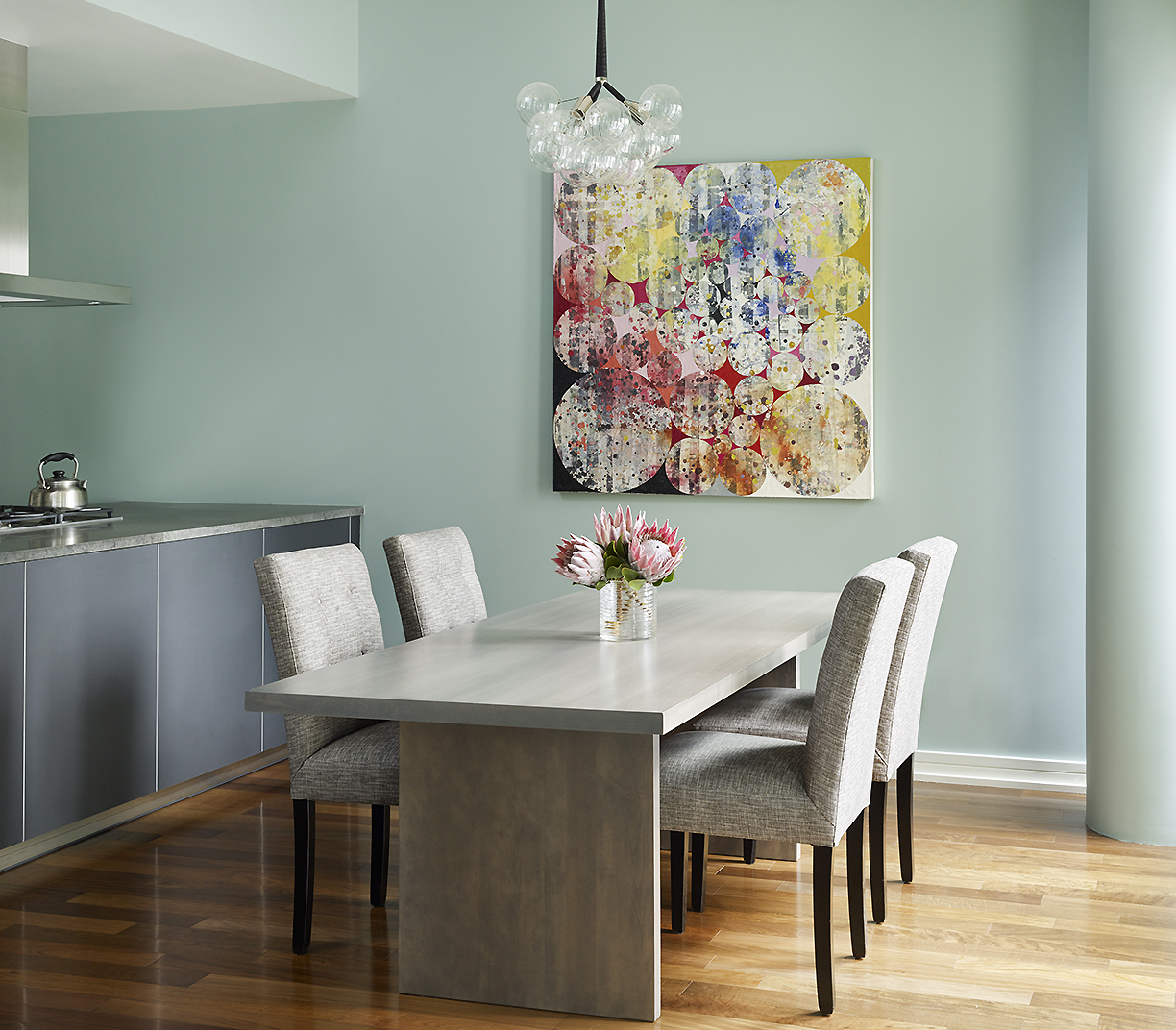
Does it also need to act as a home office desk? 'A small rectangular table can double-up as a desk if you are working from home,' says Simon Temprell, interior design manager at Neptune. 'A drop-leaf table can work very well as a console, pushed up against a wall by day, and opened-up for dinner later on.'
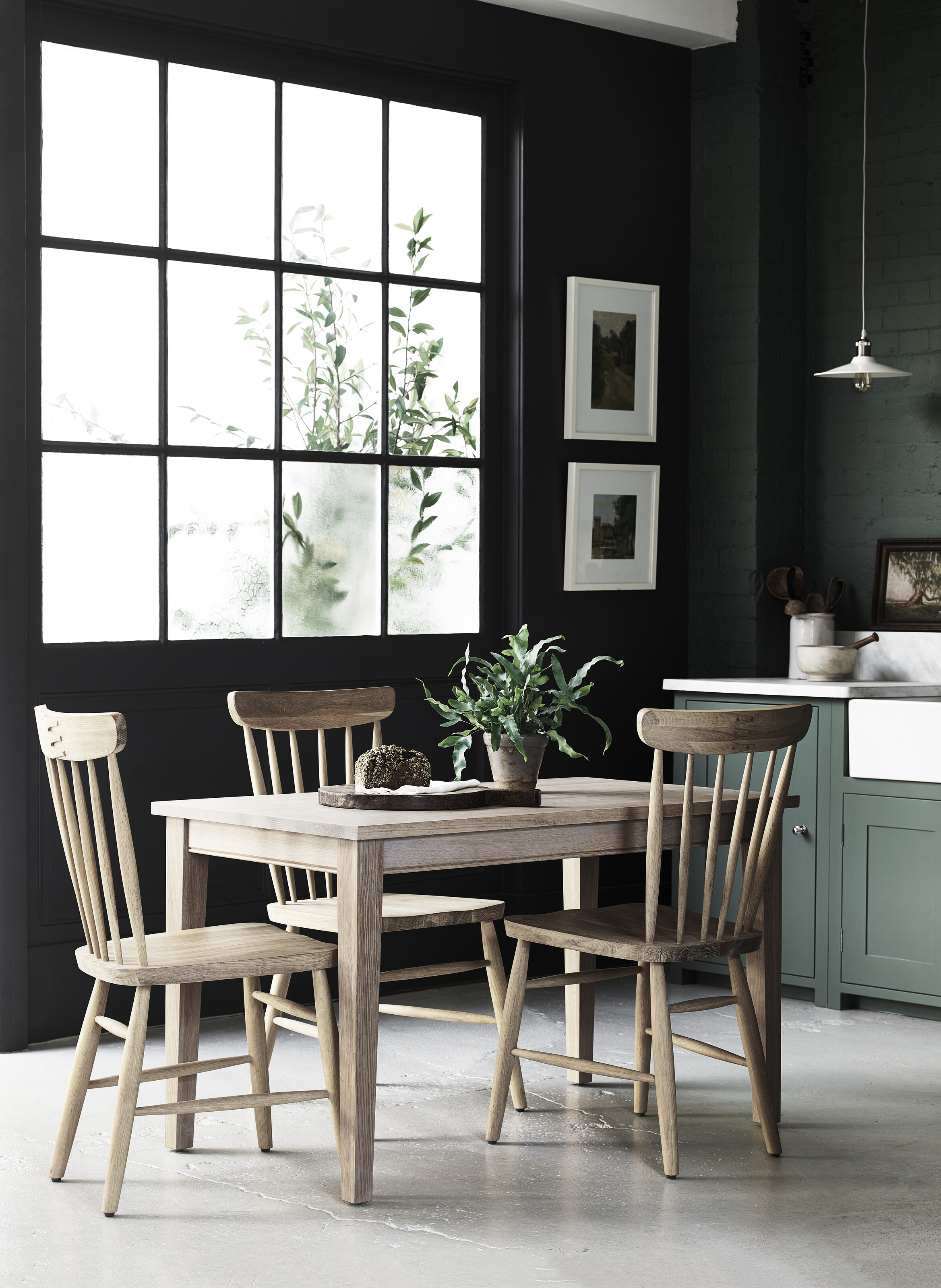
Cons of a rectangular dining table:
'Very long rectangular tables can be hard to create connections and conversation across the entirety,' says Mindy. 'They tend to constrain conversation to the people most adjacent. Also, when you have a smaller party or family dinner, they can feel a little under-utilized, overly formal, or lonely at one end.'
The Livingetc edit of the best rectangular dining tables
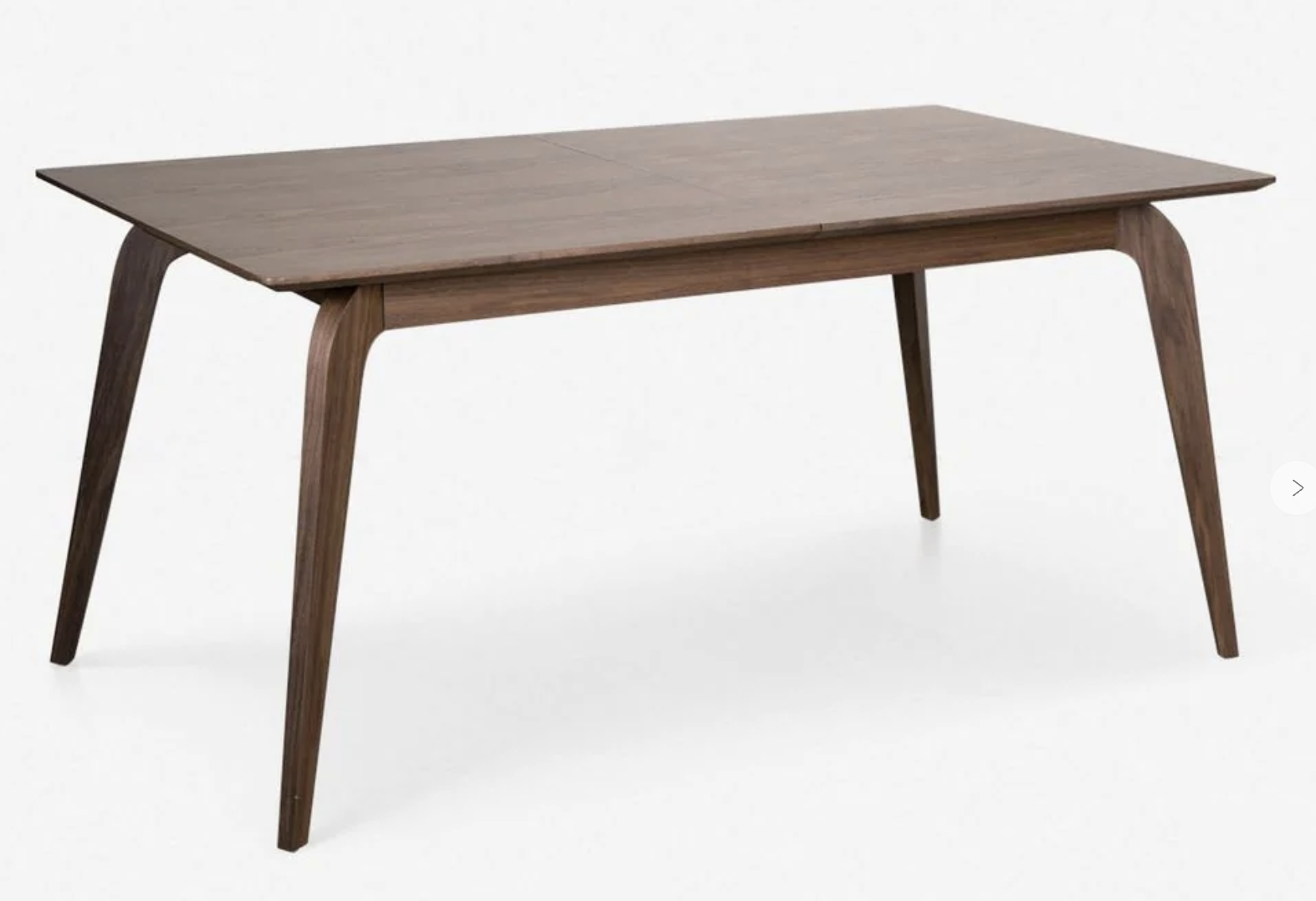
There is a Scandi-style simplicity to this elegant table, its rectangular edges softened by the gentle curve of each leg. In rich walnut, it looks smooth and polished enough to lay plates straight onto, or would offer a smart contrast to a patterned table runner down its middle.
2. Square dining tables
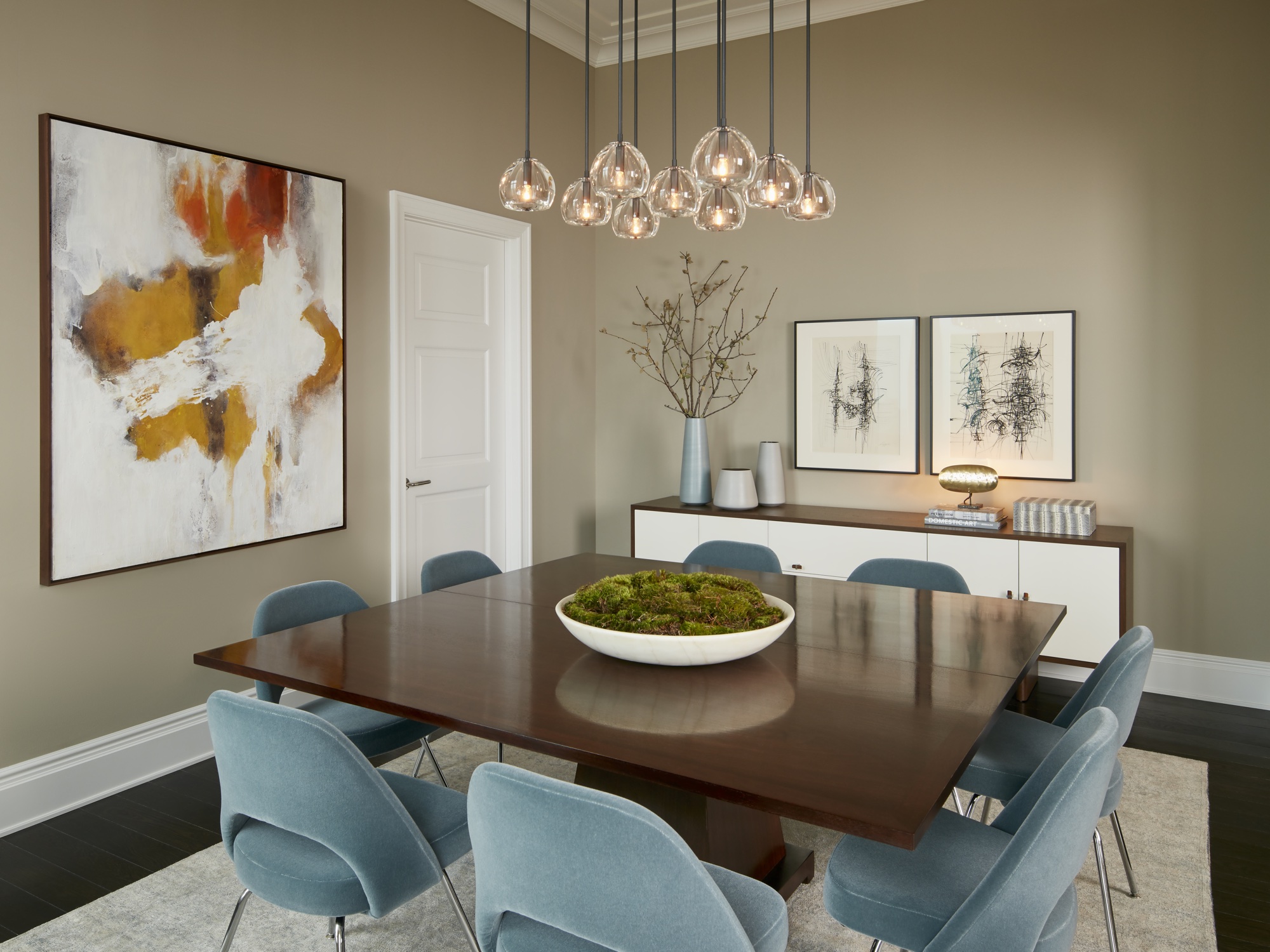
Working with a bijou area? Square tables are a good option for small spaces and square rooms.
Pros of a square dining table:
'Square tables are great in square rooms and work nicely for smaller crowds,' says Mindy Kelson. 'They are a little more intimate than rectangular tables because one is never too far from another guest with even sides all around. And square dining tables can become rectangular when extended to accommodate more people, but the space must allow for it. Square tables can be nice as seating on one side of an open space.'
Neptune's Simon Temprell says square tables are good for small dining rooms, explaining: 'A square dining table can be pushed into a corner of the room, with two accessible chairs for weekday dining. The table can be pulled out to accommodate more people.
Cons of a square dining table:
'Square tables don't work as well for huge parties or in large formal rectangular rooms,' says Mindy, adding: 'What's more, square dining tables are not as open feeling or easy to slide around in a space as a round table because of the corners.'
The Livingetc edit of the best square dining tables
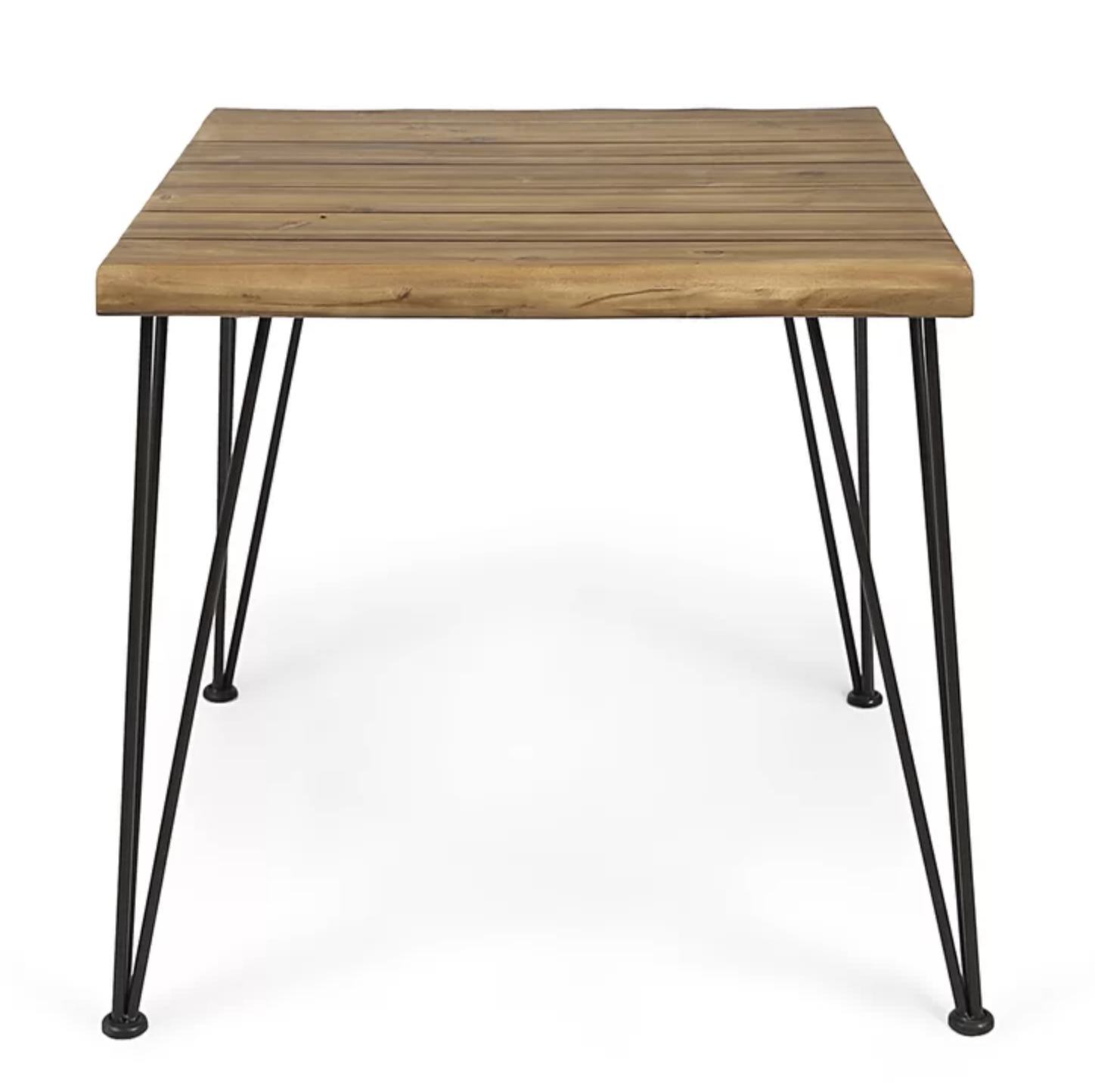
Modern farmhouse continues to be a big design trend, characterised by rustic colors and woods. It feels homely and relaxed, just like this affordable square wood dining table from Wayfair.
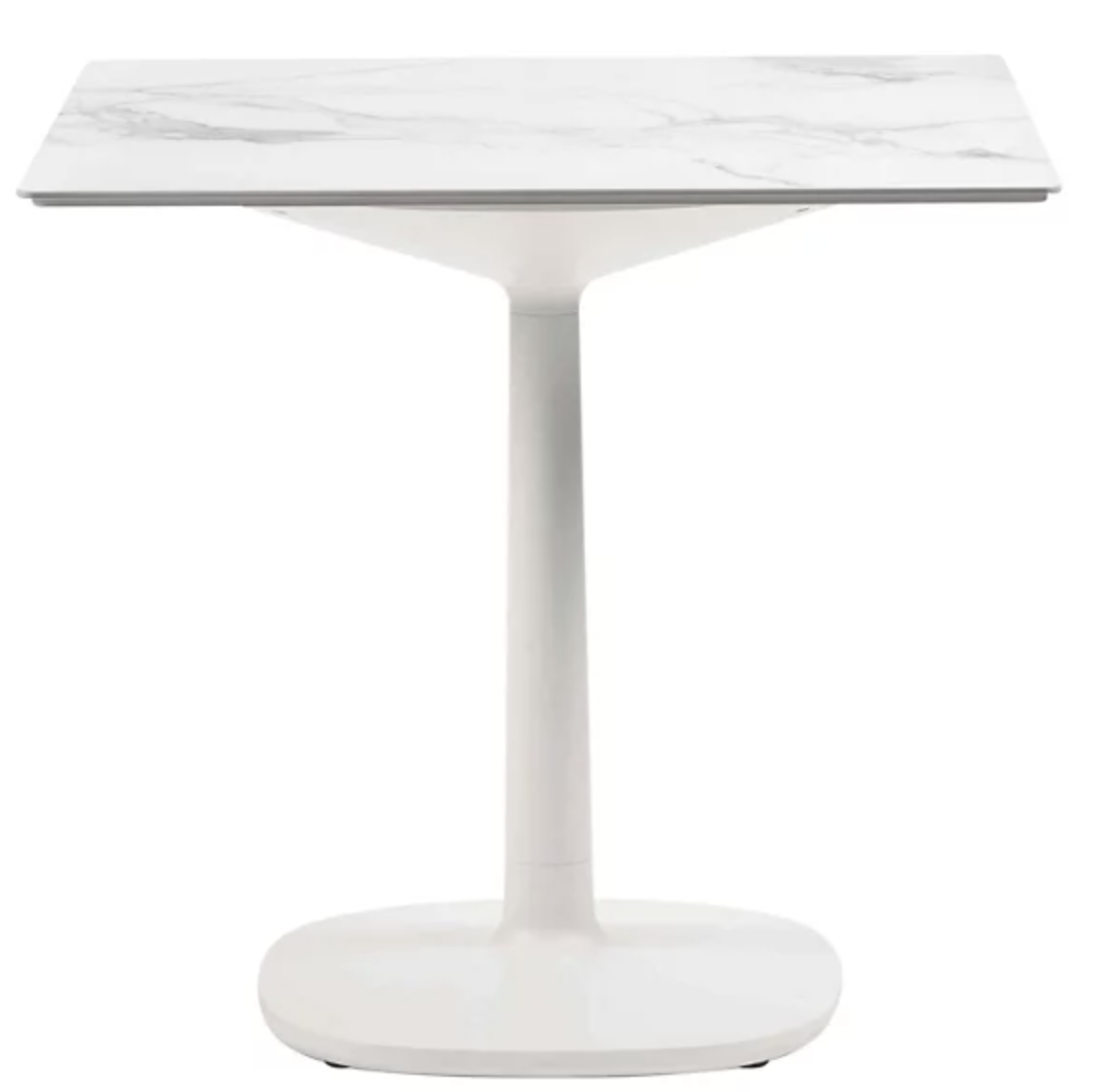
Designed by the legendary Italian designer Antonio Citterio for Kartell, square dining tables don't come more chic. The marble-effect top and painted aluminium base mean this fit would fit into a light, bright space where good times are destined to be had.
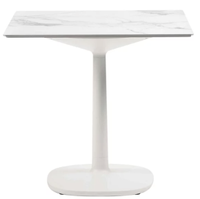
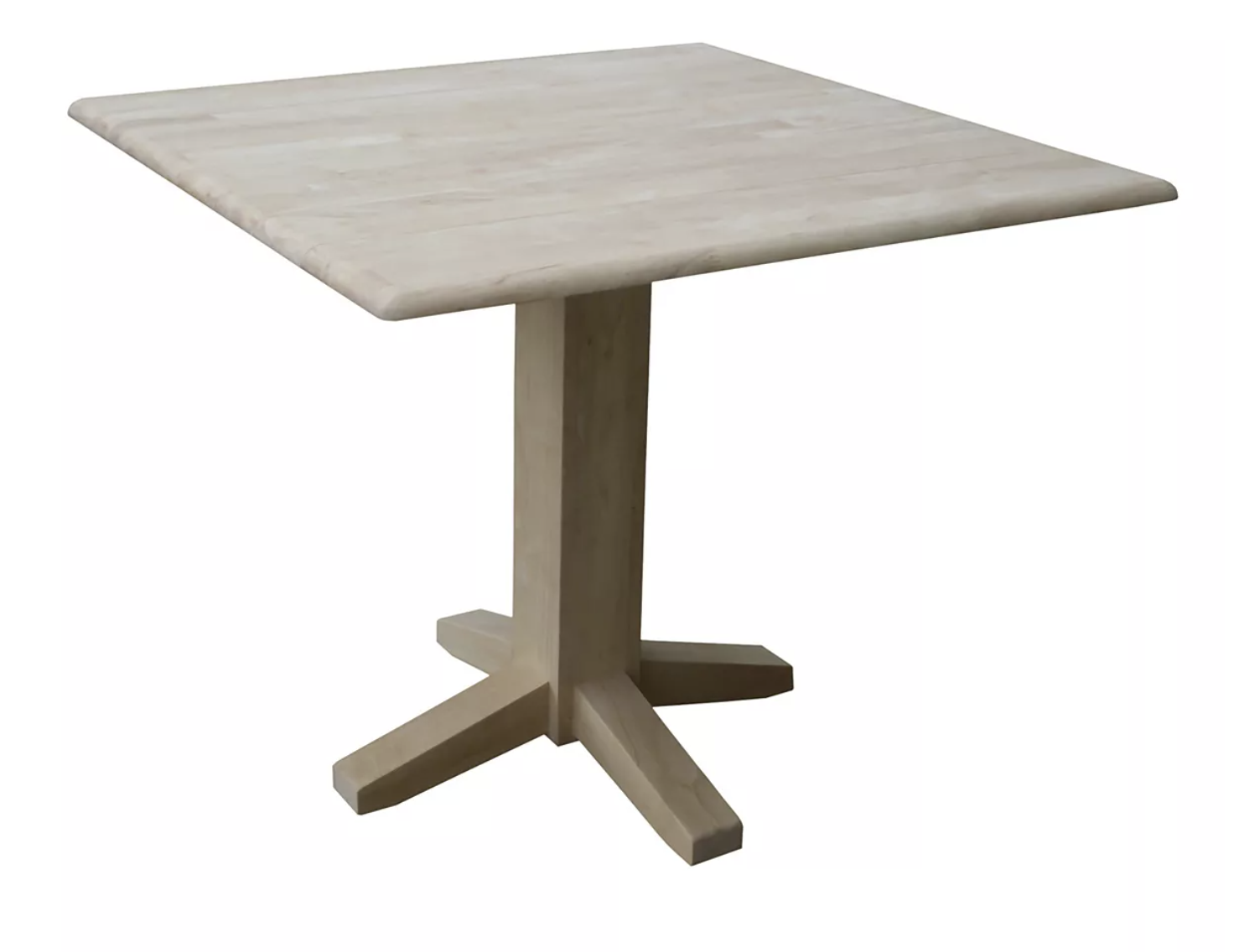
With its central pillar - instead of four legs - this table is an ideal space saver. If you are really keen and happy to get cosy you can probably just about get six around it (with a couple on stools).
3. Round dining tables
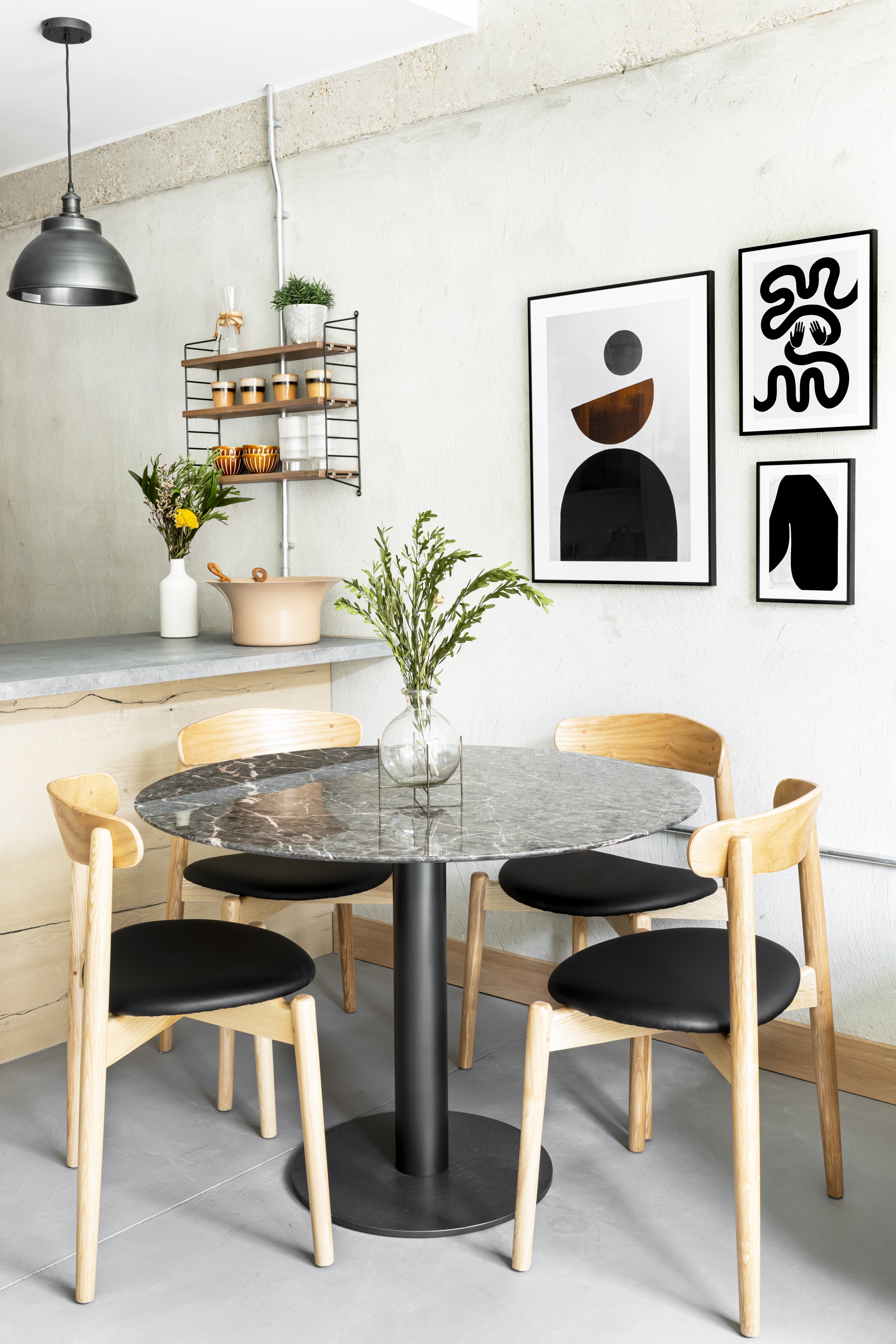
Round dining tables work brilliantly in square rooms, and are also a great choice for open-plan living, where curves soften the look while making it easy to manoeuvre around. And you can squeeze up to fit more people around a smaller surface area.
Pros of a round dining tables:
'Round tables are the easiest shape for conversation and clear views across the whole table, as there are no 90-degree corners or direction changes for seating to overcome,' explains Mindy. 'They are great for casual, cozy family dinners and more formal gatherings, as they feel intimate in either case. There is no hierarchy of seating or heads of the table.'
Mindy adds: 'They work nicely in more square or small rooms, provide easy edges for walking around, and can be placed in one part of a more open space living or dining area.'
As well as being a great option for open-plan living, a round table is also a fantastic choice if you don't have a separate dining room and you're carving out your dream dining space within a kitchen or a living room, being compact and easy to walk around.
In the kitchen, round tables work supremely well with banquette seating, creating that 'gather round' feeling where the family can congregate for breakfasts, brunch or lunch.
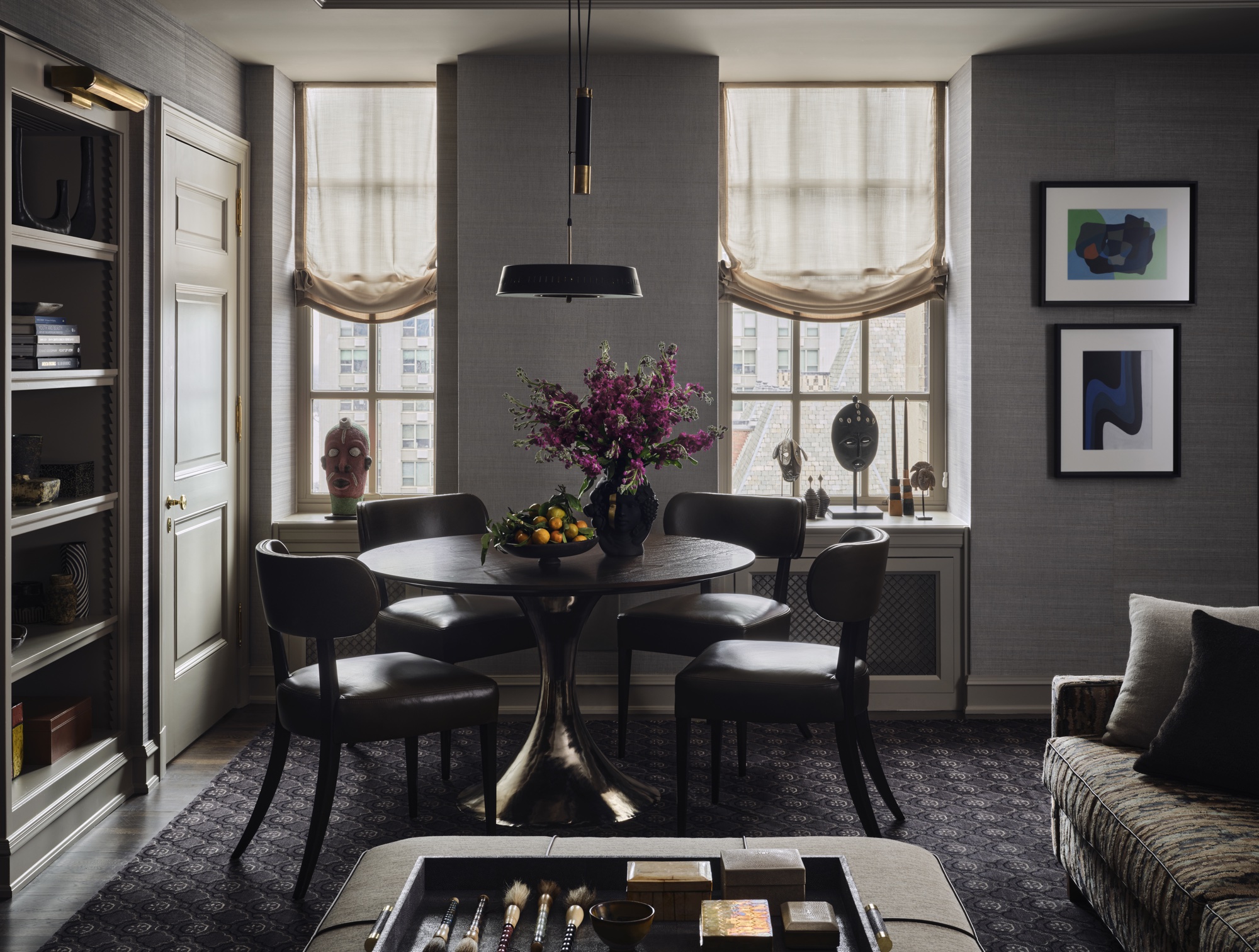
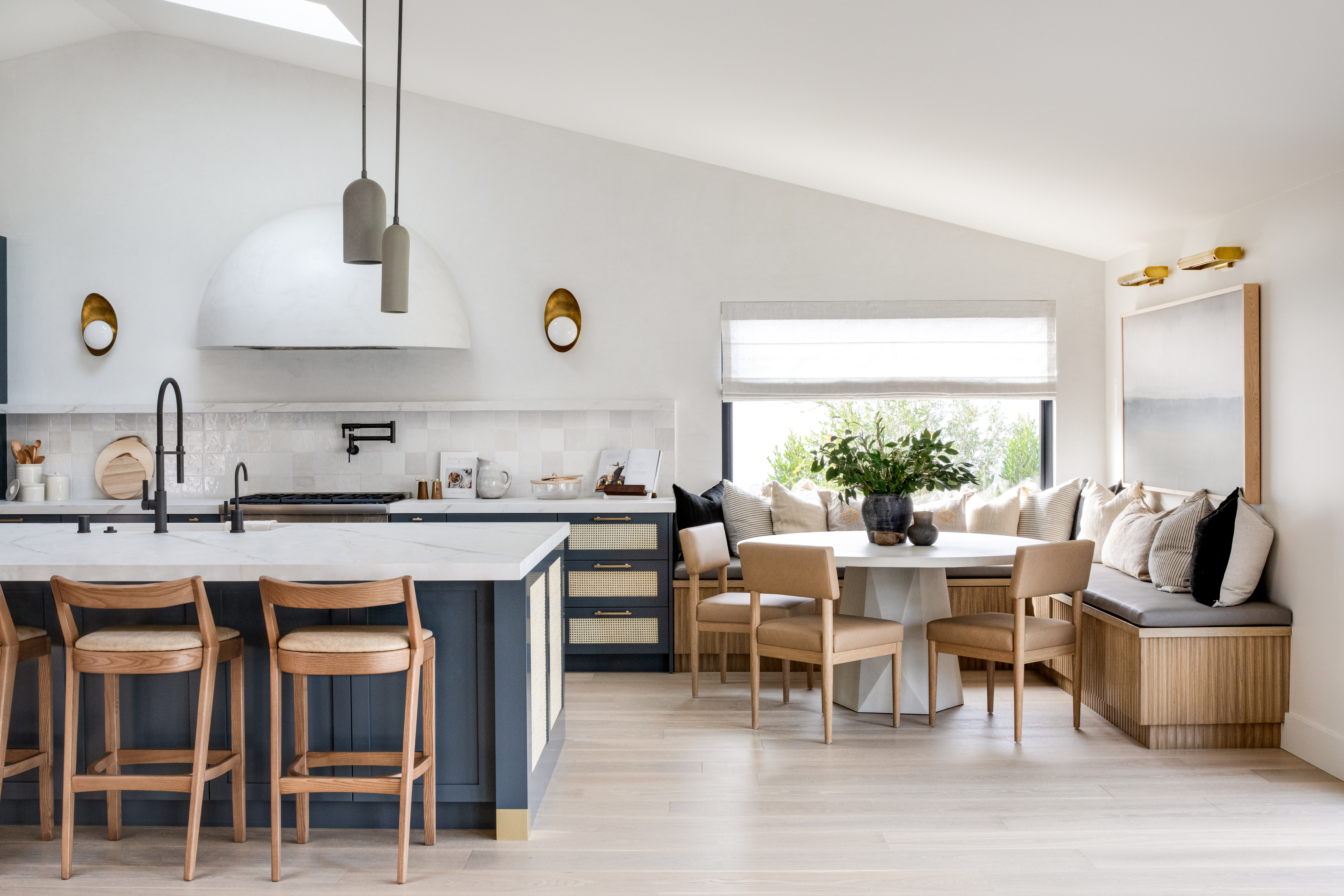
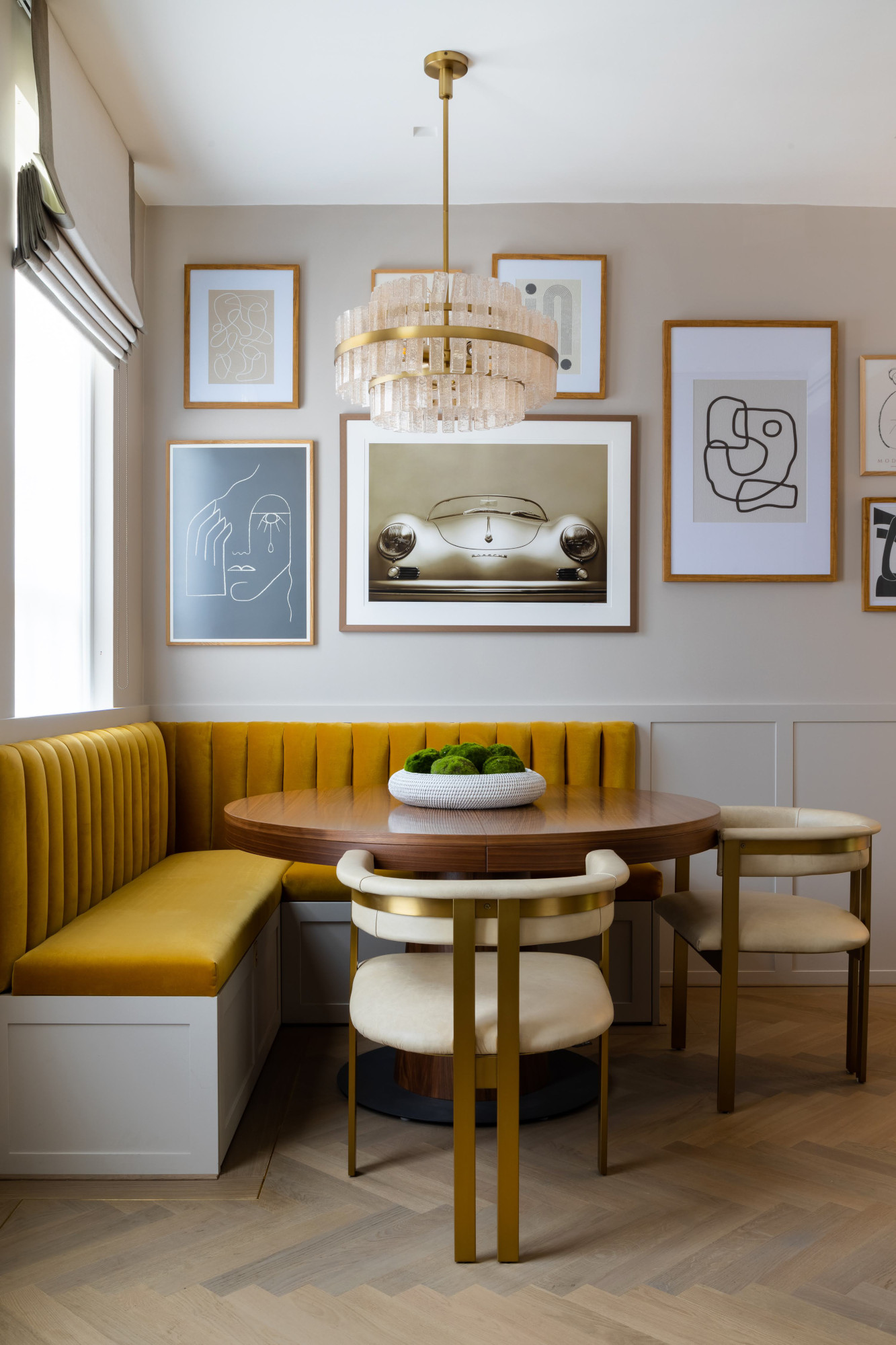
Cons of round dining tables:
'It is harder to accommodate a larger group at a round table,' says Mindy. 'Scaling up to truly larger round tables is not always as practical unless your dining room is quite big, and then it becomes hard to hear across the table. Even when expanded with a rectangular leaf, round tables are still best for small to medium dining groups (a pro if that's your preference!).'
Mindy adds: 'Watch out for posts at the edges of a round table, which can limit seating options. Look instead for a central pedestal or recessed legs which don't interfere with chairs.'
The Livingetc edit of the best round dining tables
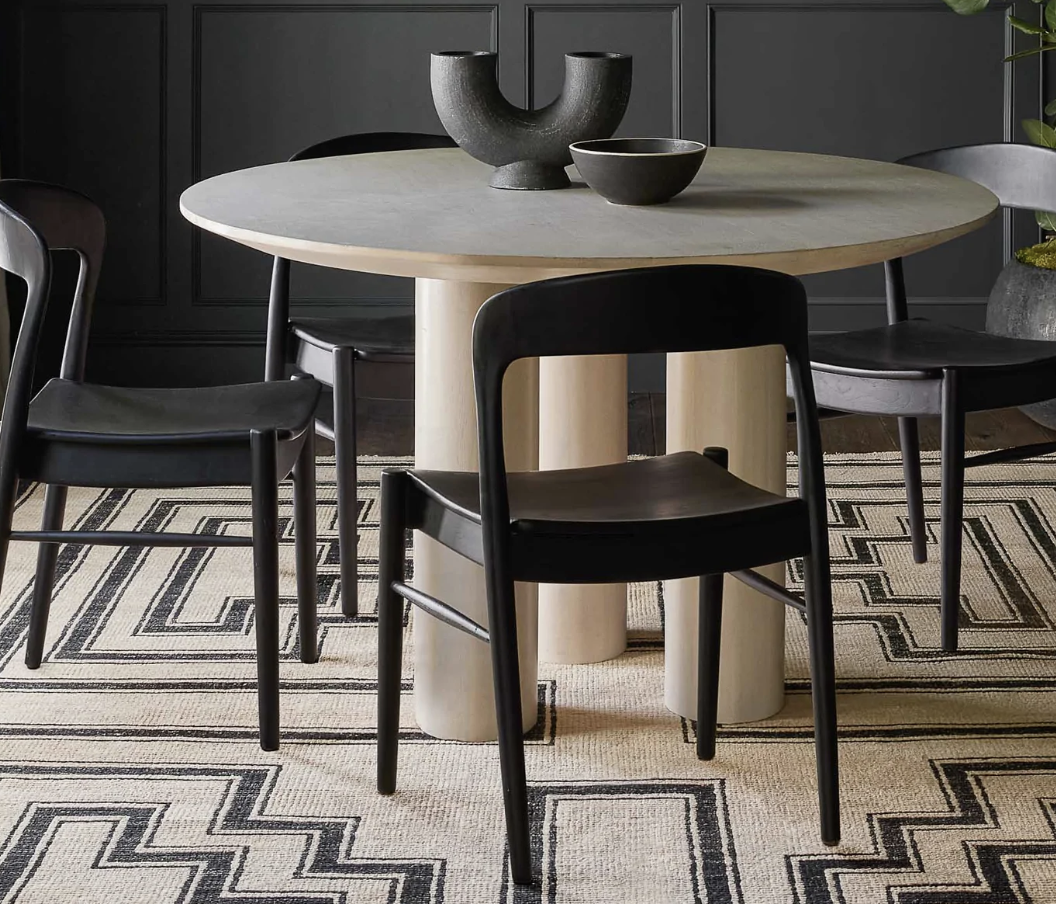
The reasons we love this table are almost too many to count. A shining example of the modern organic trend it fits the bill when it comes to sophisticated glamour you feel fine about resting your elbows on.
4. Oval dining tables
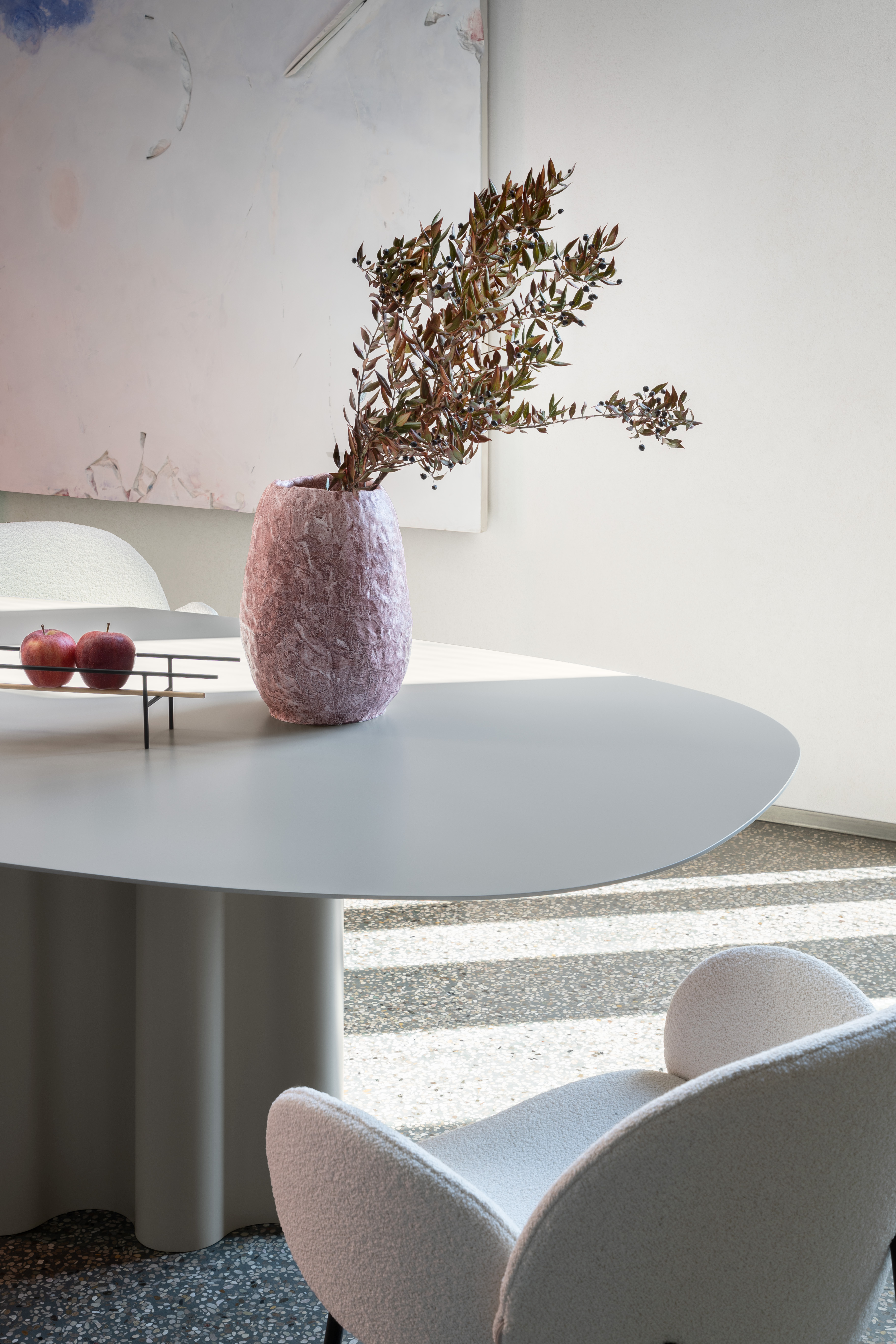
If you’re deliberating between a rectangular and a square dining table, consider the option of an oval-shaped design.
Pros of oval dining tables:
'An oval table combines the linear layout of a rectangular dining table with the intimacy and flexibility of a round table, resulting in a design that works almost anywhere,' says Sue Jones, co-founder of OKA.
'The rounded edges of this style dining table incorporate curves into a space, helping to break up angular lines and soften a geometric scheme.'
Its elongated shape usually makes it more suited to medium to large-sized rooms, with round or square tables working better for smaller spaces.

However, if you're short on space and love the oval shape, you can create an oval table by adding an extension leaf in the center of a round table, and simply pull it out for when you're entertaining a larger group of people.
'Oval tables have a slightly softer look [than rectangular tables] and can be a little easier to get around if the space is tight,' says Neptune's Simon Temprell.

Cons of oval tables:
As an oval table has curved edges, it loses a little of the seating space and table top surface area that a rectangular dining table can offer.
The Livingetc edit of the best oval dining tables
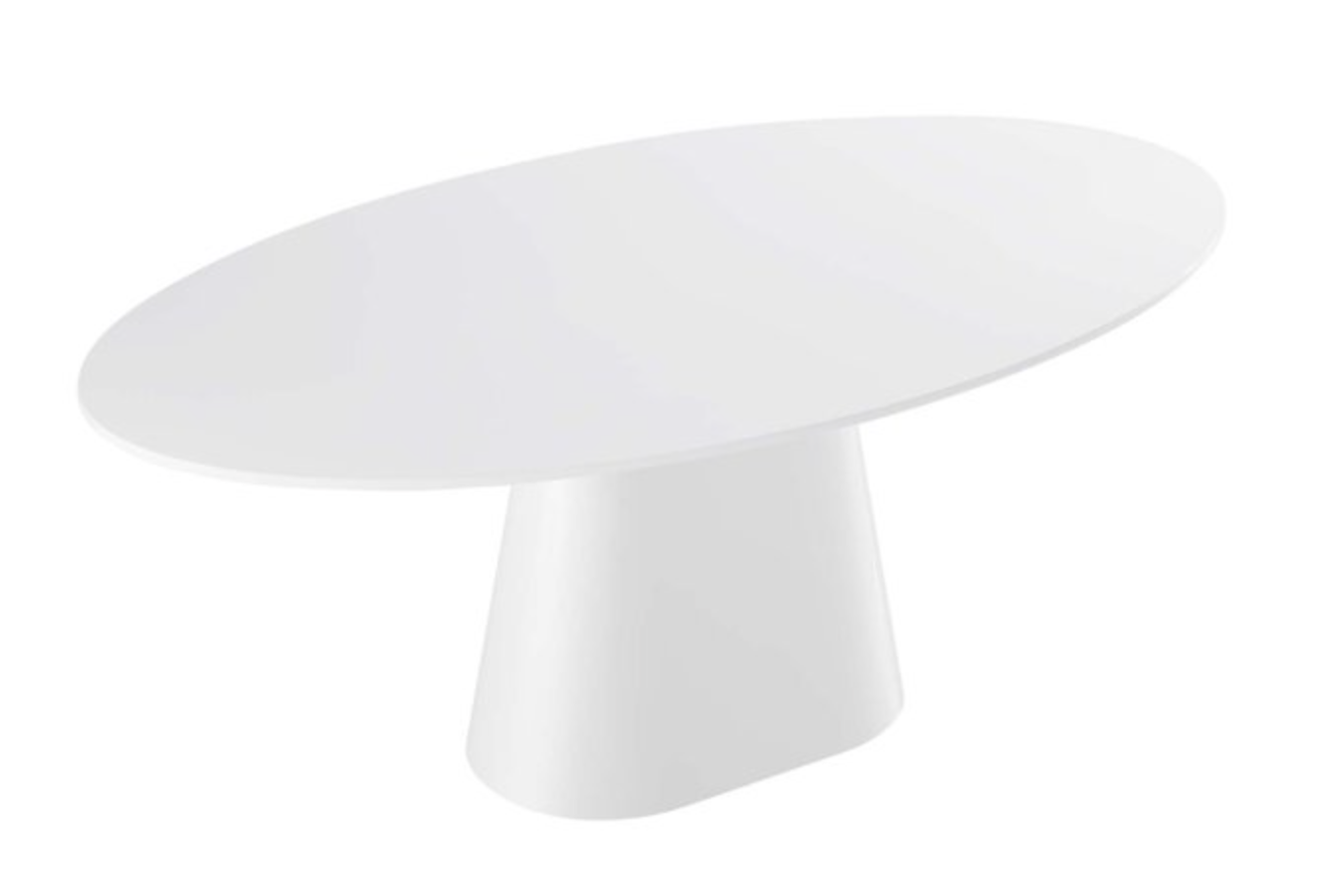
Every savvy shopper knows about the gems that can be found at Walmart, including this oval table. It has a glossy finish and its slim pillar means the whole family can easily sit round it together.
5. Irregular dining tables
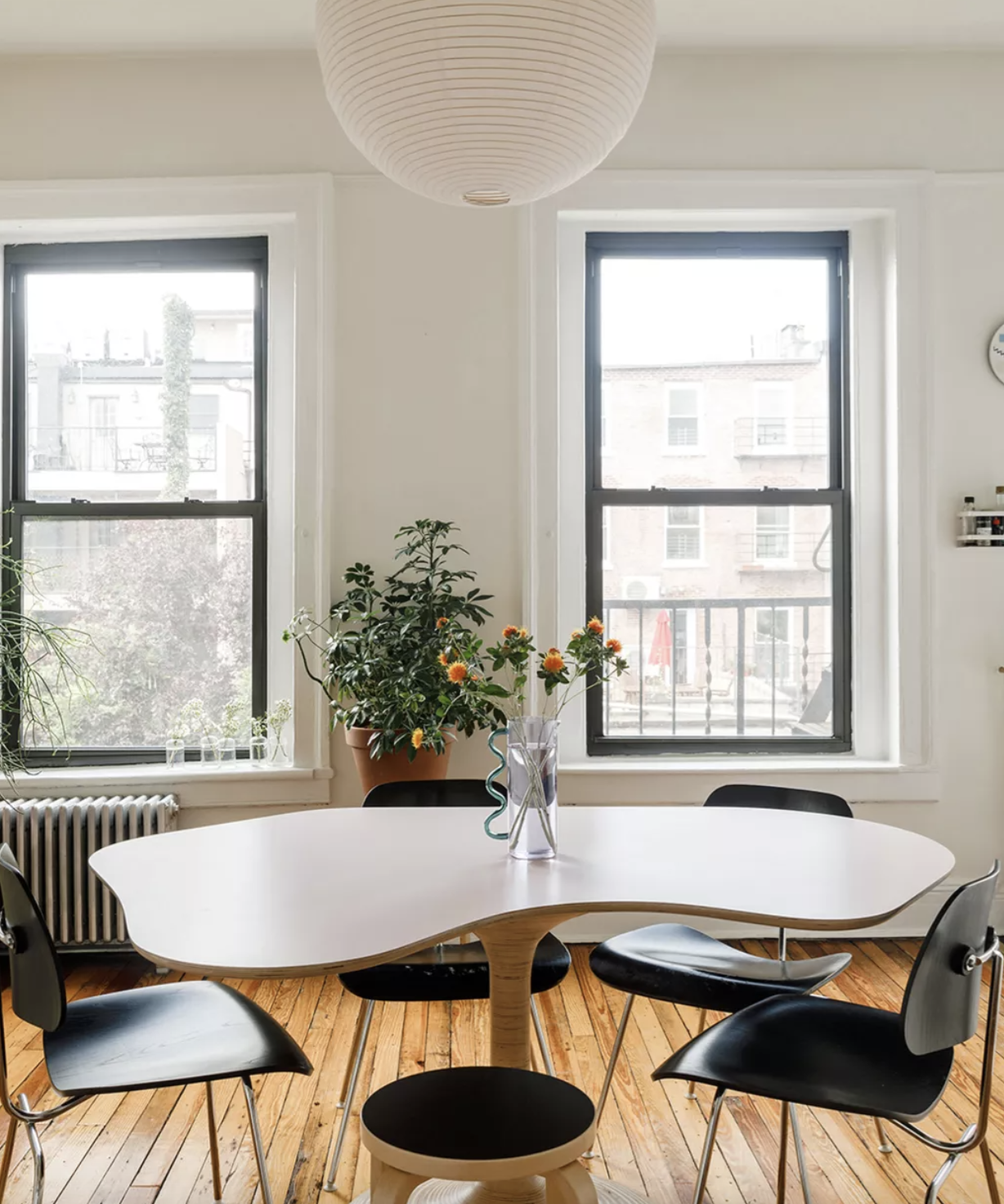
Want to make a design-led statement? An irregular-shaped dining table is just the ticket for a talking-point piece. It also happens to be a rising interior design trend.
For example, amorphous tables, like the one by Wiggle Room in the Brooklyn apartment above, are having a real moment, with the fluid lines and abstract design working well in an open-plan space.
Pros of irregular dining tables:
'Irregularly shaped tables are most likely the work of an artist or craftsperson,' says Mindy. 'Go with this if you are looking to create a striking statement and the table itself is a piece of art and the craftsmanship is worthy of the inconvenience it might pose for seating.
'This type of table might be best in a very open space where it can be viewed from many angles and appreciated.'
Cons of irregular dining tables:
Irregular-shaped dining tables can be difficult to repurpose if your tastes change or you are moving house and it doesn't fit the new room.
Mindy comments: 'Well-made dining tables are typically a purchase that should last for decades and can be passed on indefinitely, upcycled, and resold. So, be sure that the irregular shape is one that can last in interest, beauty, and use rather than a trend that is difficult to find a second life for.'
Is it better to have a round or rectangular table?
Deciding whether to have a round or rectangular table really depends on the shape of the room and the amount of people it needs to cater for.
Round tables work well in square rooms and open-plan spaces, and are a sociable choice, with everybody able to converse easily with each other.
Rectangular dining tables are great rectangular-shaped rooms as they generally fit seamlessly into the space. They're also a great option if you have a big family or love to host large groups of friends for regular dinner parties.
Be The First To Know
The Livingetc newsletters are your inside source for what’s shaping interiors now - and what’s next. Discover trend forecasts, smart style ideas, and curated shopping inspiration that brings design to life. Subscribe today and stay ahead of the curve.
Ruth Doherty is a lifestyle journalist based in London. An experienced freelance digital writer and editor, she is known for covering everything from travel and interiors to fashion and beauty. She regularly contributes to Livingetc, Ideal Home and Homes & Gardens, as well as titles like Prima and Red. Outside of work, her biggest loves are endless cups of tea, almond croissants, shopping for clothes she doesn’t need, and booking holidays she does.
-
 My 10 Favorite Designs at Milan Design Week 2025 — Out of the Hundreds of Pieces I Saw
My 10 Favorite Designs at Milan Design Week 2025 — Out of the Hundreds of Pieces I SawThere is a new elegance, color, and shape being shown in Milan this week, and these are the pieces that caught my eye
By Pip Rich
-
 Iridescence Is Chrome’s More Playful, Hard-to-Define Cousin — And You're About to See It Everywhere
Iridescence Is Chrome’s More Playful, Hard-to-Define Cousin — And You're About to See It EverywhereThis kinetic finish signals a broader shift toward surfaces that move, shimmer, and surprise. Here's where to find it now
By Julia Demer
